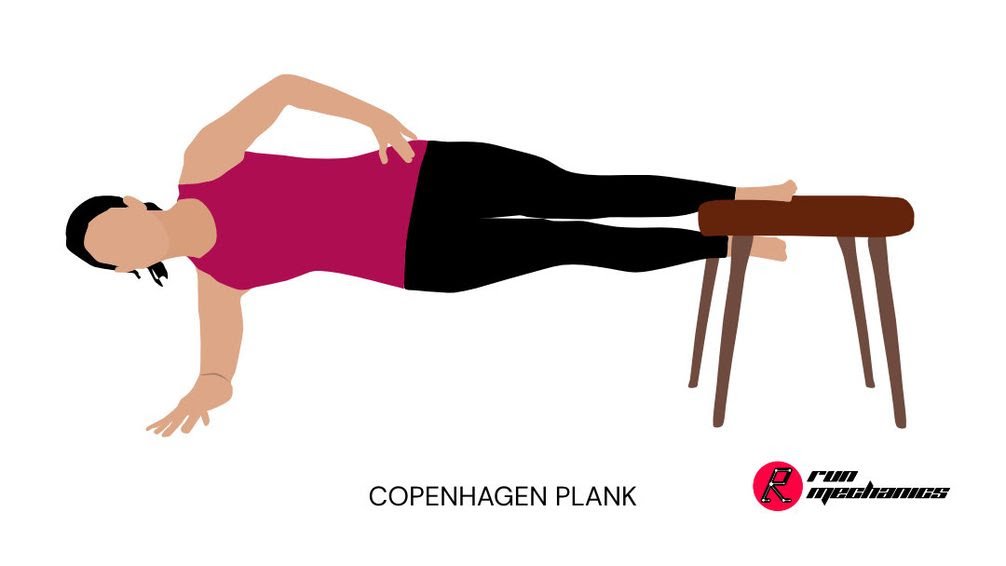Shoutout to the Copenhagen Plank: A Game-Changer for Core and Hip Stability
By: Kelsie Mazur, DPT
I figured giving a shout out to the exercises that I frequently use, and I deem underrated in the fitness and physical therapy world would be a fun addition to the weekly blogs. This week, we’re giving a well-deserved shoutout to one of the most underrated yet incredibly effective exercises out there: the Copenhagen Plank. If you’re looking for a powerhouse move to strengthen your core, adductors, and overall hip stability, this one is a must-have in your routine! Let’s dive in.
What is the Copenhagen Plank?
The Copenhagen Plank is a variation of the side plank that takes things up a notch by placing more emphasis on the inner thigh muscles (adductors) and deep core stability. Traditionally performed with the top leg resting on an elevated surface (like a bench) while the lower leg remains unsupported, this exercise demands strength, balance, and endurance from multiple muscle groups.
What Muscles Are We Working?
The Copenhagen Plank is a total core and lower-body stability drill, but its primary focus is on:
Adductors (inner thigh muscles) – A crucial yet often neglected muscle group that plays a key role in hip and pelvic stability.
Obliques & Deep Core Muscles – Essential for spinal stability and reducing unnecessary stress on the lower back.
Glutes & Hip Stabilizers – Supporting the pelvis and maintaining proper movement mechanics.
Why I Love Using This for Low Back and Hip Pain Patients
At Wattage, I see a lot of low back and hip pain cases, and one of the missing links I often find is adductor weakness or poor core stability. The Copenhagen Plank does an excellent job of addressing both.
For Low Back Pain: A strong core, especially the obliques and deep stabilizers—helps offload the spine and distribute forces more efficiently, reducing excessive strain on the lower back.
For Hip Pain: The adductors play a crucial role in pelvic alignment and hip stability. Weakness in this area can lead to compensations that put undue stress on the hip joint and surrounding muscles. By integrating the Copenhagen Plank, we’re reinforcing hip control, improving movement efficiency, and decreasing pain over time.
PRO TIP: If your hips pinch at the bottom of a squat- integrate the copenhagen plank into your daily routine; 5x 30s holds bilaterally!
Whether you’re an athlete, recovering from an injury, or just looking to level up your stability and strength, the Copenhagen Plank deserves a spot in your training. It’s challenging, but the payoff is resilient hips, a stronger core, and reduced injury risk, a true win-win.
Did you know that we offer free 1-on-1 injury screens? Wattage Physical Therapy will take an in depth look at your ergonomics, posture, muscle tone, muscle weaknesses, and movement patterns to create a plan for YOU. If this article intrigues you, you can directly email me, Kelsie at Kelsie@wattagept.com. I would be happy to help you start the process of living a life free from pain.

